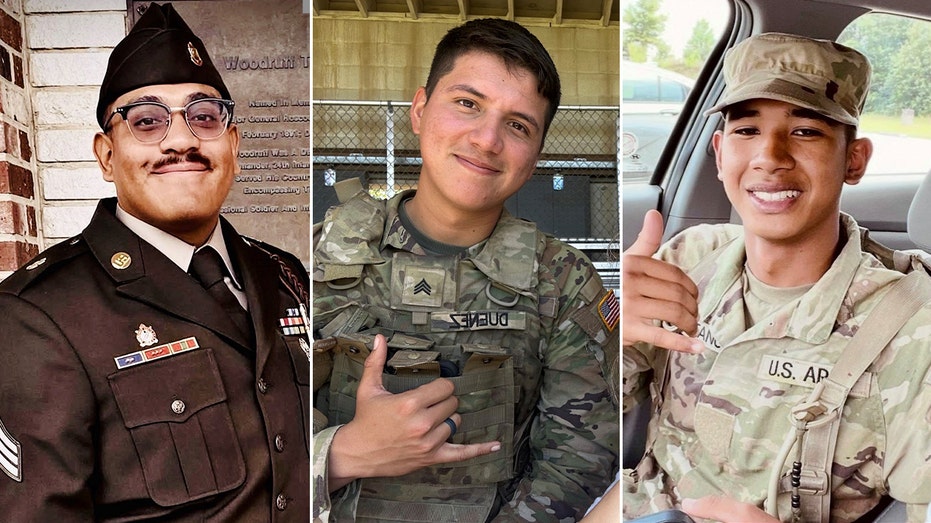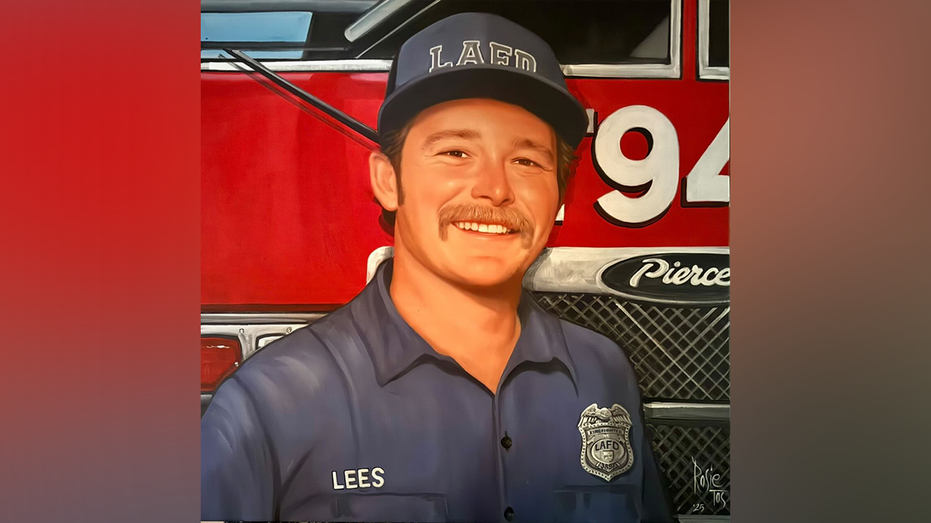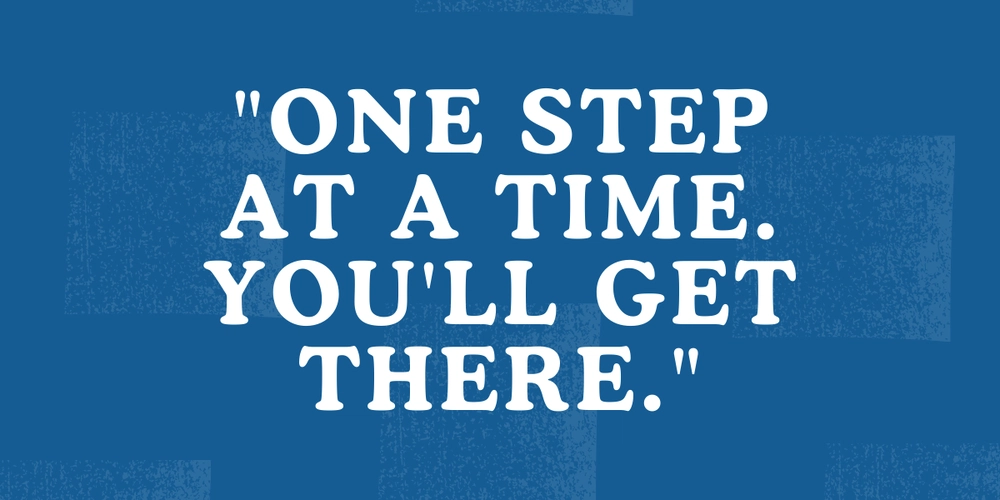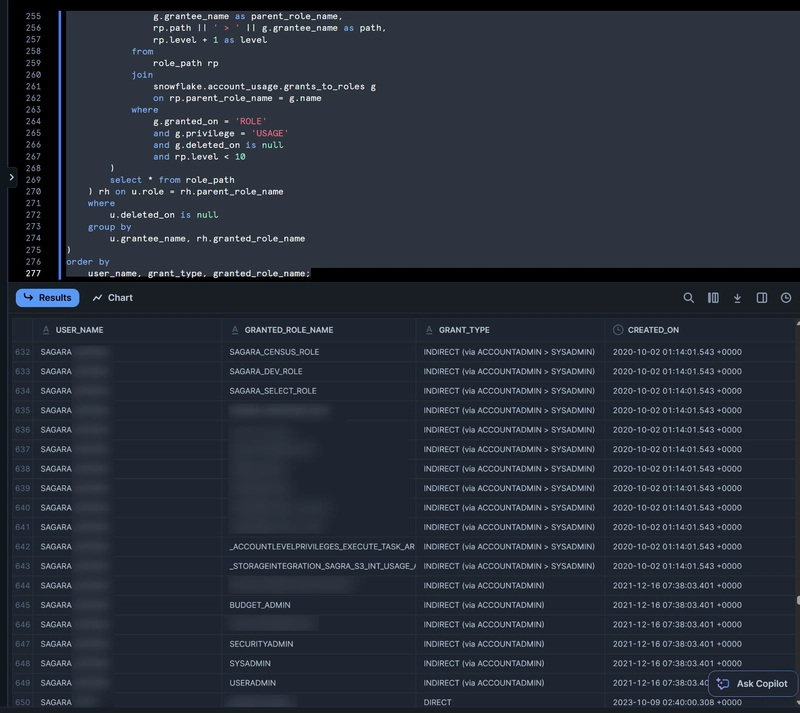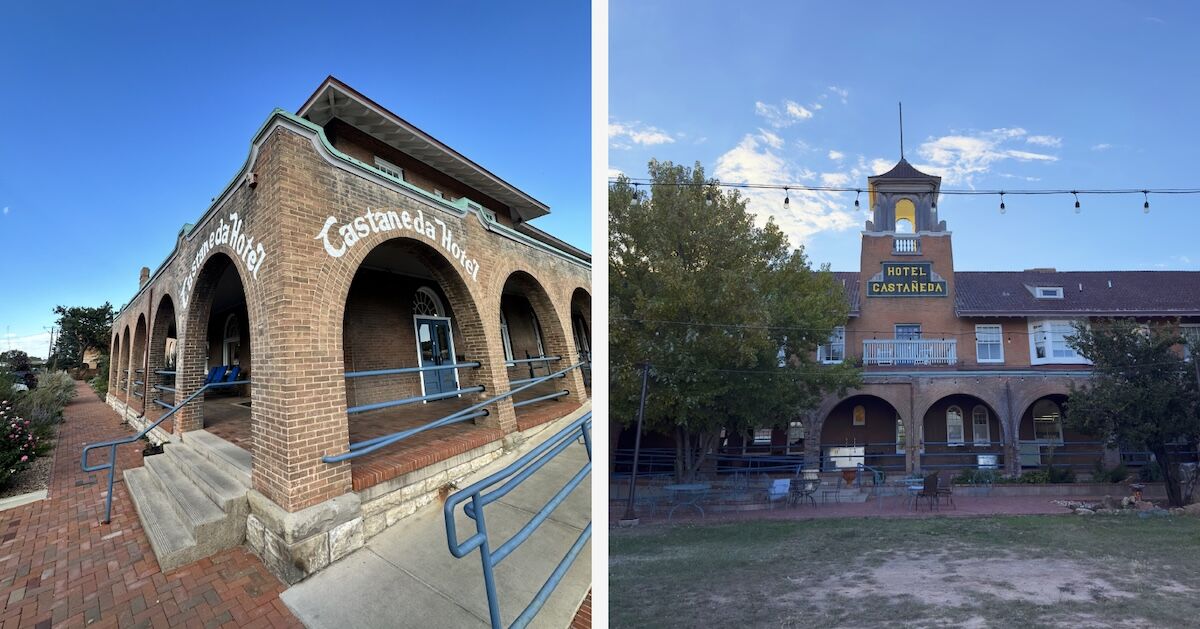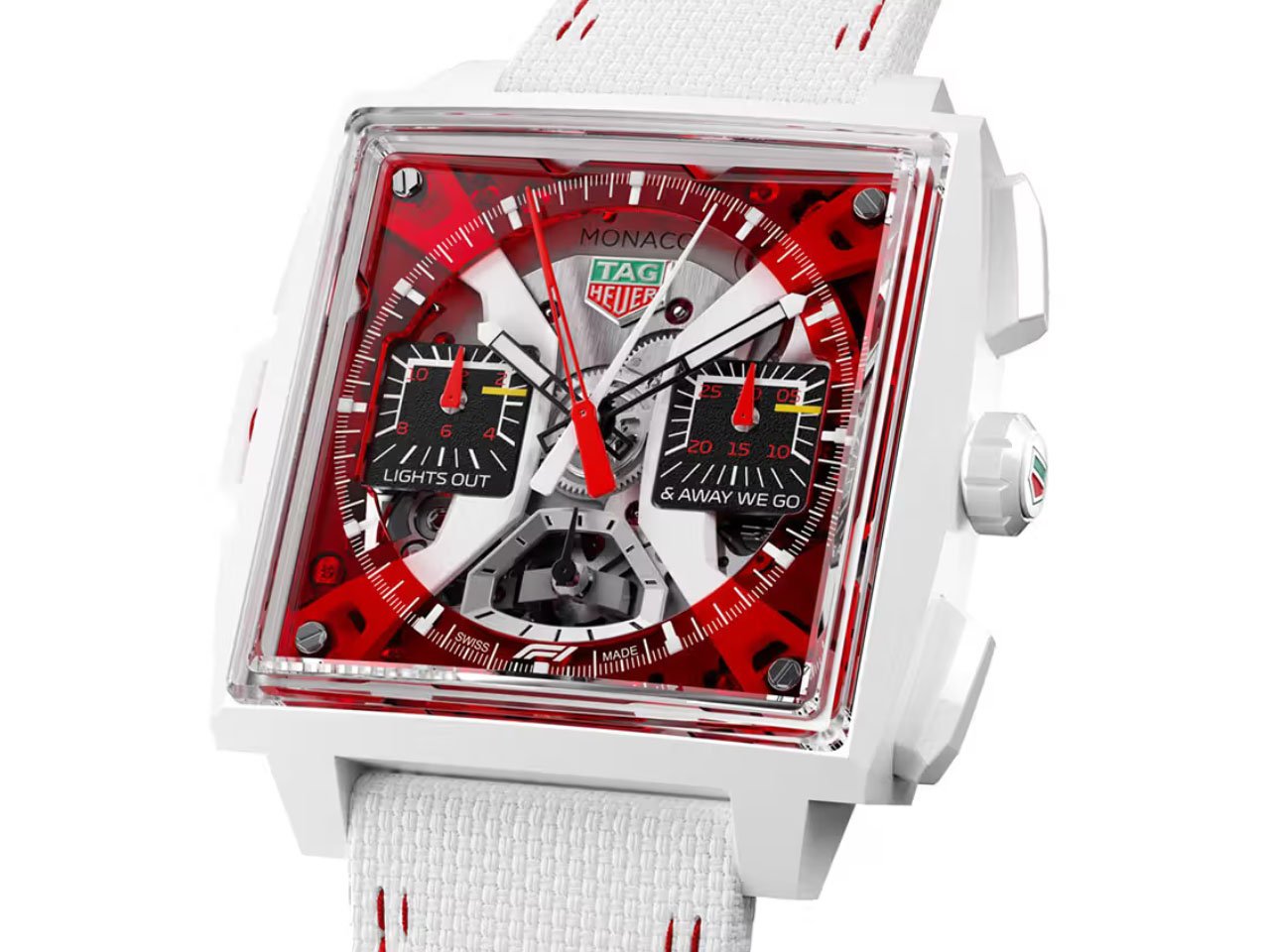Watch Machinists Stitch a Cracked Engine Block Together Without a Single Weld
Can't weld your cracked block? Try stitching it with this trick that seems almost like magic. The post Watch Machinists Stitch a Cracked Engine Block Together Without a Single Weld appeared first on The Drive.
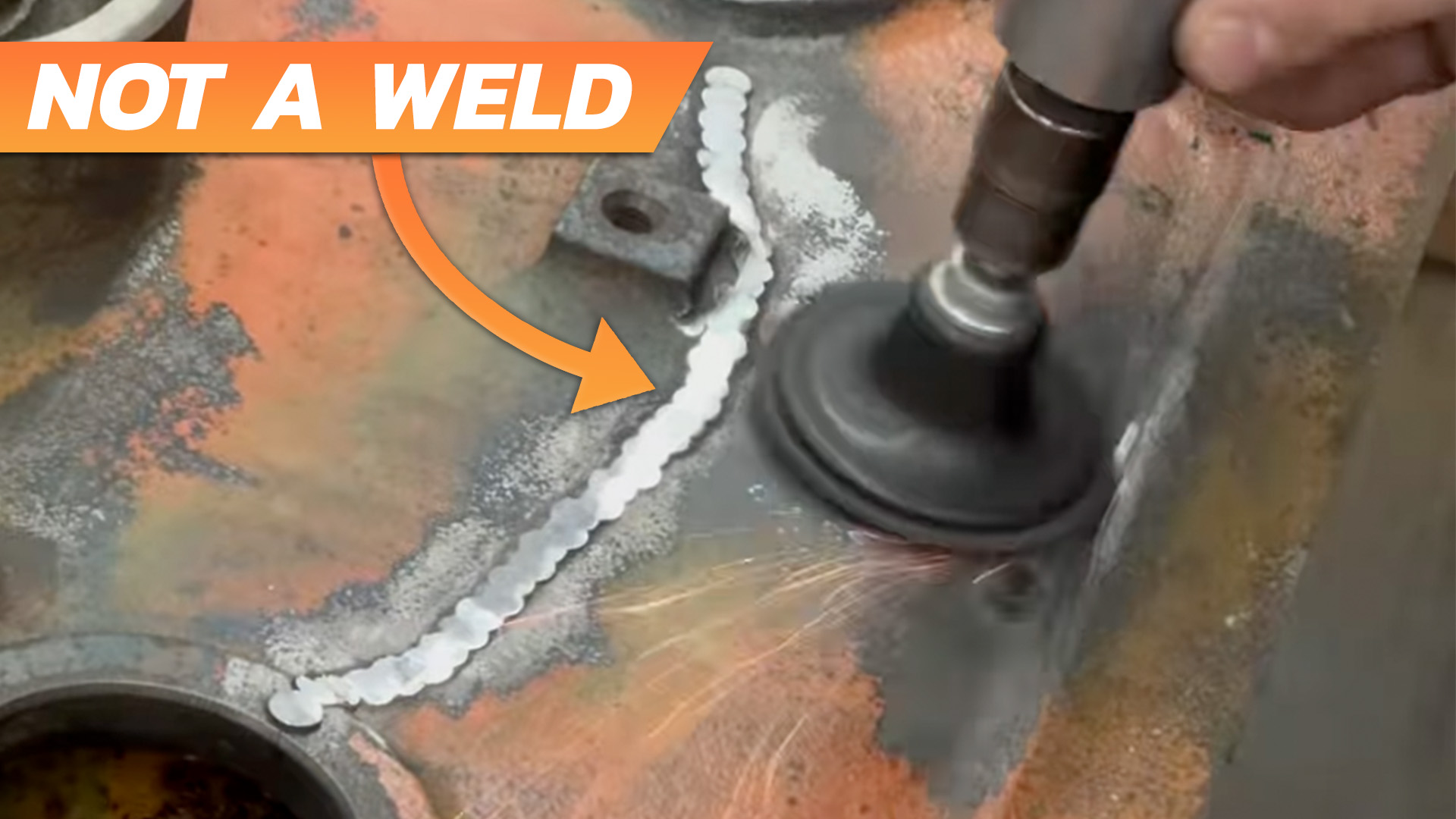
At the risk of sounding like a cynical, middle-aged guy from the East Coast, it’s rare that I stumble across something on social media that I haven’t seen before. I can still play the AOL dial-up squeal in my head from memory, OK? I’ve seen some Internet. So when Caleb sent me this reel of Syracuse Crank & Machine stitching (yes, stitching) an old cracked industrial engine block back together, I was genuinely curious. It led me down a brief Internet rabbit hole, as such things tend to do, so allow me to introduce you to a metal casting repair process known as Precision Metal Stitching, aka Lock-N-Stitch.
It’s a proprietary system designed as a substitute for situations where welding is either impractical or has already proven ineffective. Rather than repairing a crack or blowout through the application of heat or friction, new metal is introduced in the form of pins. These pins are essentially small bolts with extra-thick heads that are designed to pull the two sides of a cracked casting together. Once installed, those thick heads can be ground flush for a clean finish.
To get the threaded pins into the block, the machinist must first bore holes along the crack in a criss-cross pattern to ensure that the pins apply torque to close the metal gap. Then, the holes are tapped to accept the threaded pins and they’re treated with a thread sealant. Once the pins are inserted and tightened, the resulting repair should be robust enough to hold compression in an engine block, for example. I hesitate to call it “good as new,” but the results certainly speak for themselves.



“The repaired, metal-stitched area is gas- and liquid-tight to create a pressure-tight repair,” the company’s website says. “In addition, metal stitching dampens and absorbs compression stresses. It also spreads tensile strains and distributes the load away from the original failure point, while maintaining the alignment of the original surfaces.”
As you can see above, once the pins have been ground down, the result looks eerily similar to a weld—and remarkably clean for the result of a process that seems so… primitive. The company says the technique is employed chiefly on cast iron but can be used on ductile iron, steel, aluminum and bronze castings too. Pretty cool, eh?
Got a tip? Send it in: tips@thedrive.com
The post Watch Machinists Stitch a Cracked Engine Block Together Without a Single Weld appeared first on The Drive.
